Rock the Bricks: Wetland’s Preserve/Tribeca – NYC - by Larry Ross
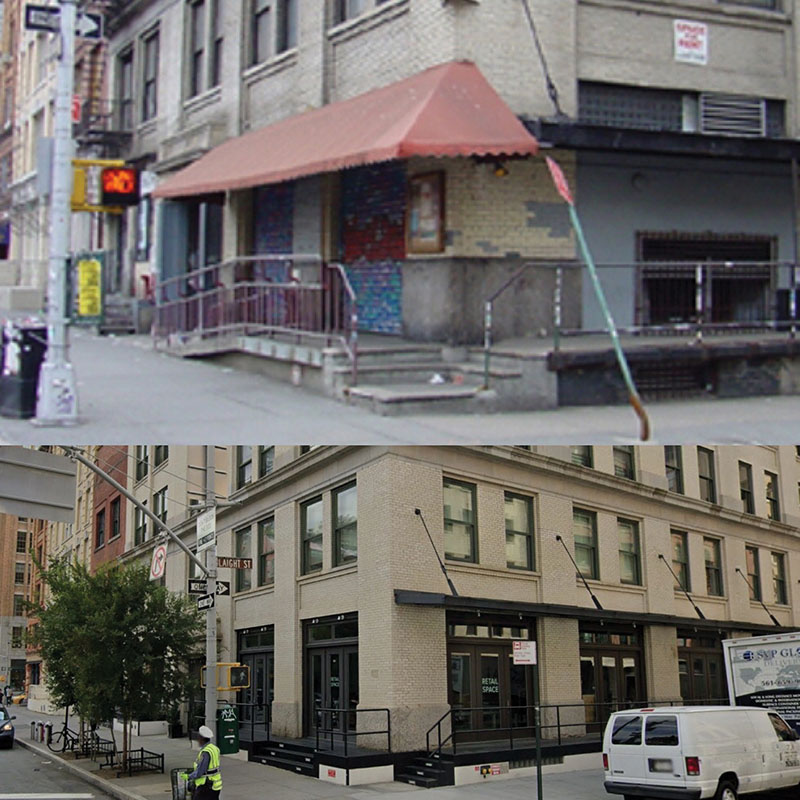

LJR Realty Associates
This month we focus on famed music venue Wetland’s Preserve formerly located in Tribeca. The popular music venue operated out of 159-163 Hudson St. (a.k.a. 45-47 Laight St.) in a former nine-story 58,015 s/f warehouse built in 1930, according to city records, opposite historic St. John’s Park.
Opened in 1989 in a two level 7,500 s/f space, it housed a vintage VW bus where concert attendees could learn about current environmental and social issues and mingle with other like-minded cognizant activists. Long and late-night jams helped bands and audiences deepen their relationships with one another fostering an interactive environment where it became known for its laid-back chill vibe. It acted as an early launch pad where artists such as Maroon 5, Widespread Panic, Pearl Jam, Dave Mathews Band and Phish refined their craft and built their following. I remember one of the staple bands at the time was a Grateful Dead cover band called Zen Tricksters, which holds the record for most shows played there, and of which several members are still followed worldwide with their associated jam and cover bands. It is reported that something like 3,700 bands played there, with performers such as Blues Traveler, Spin Doctors, Gov’t Mule, New Rider’s, Midnight Oil and Bob Weir making regular stops there as well.
Located in Tribeca which stands for “Triangle Below Canal St.,” bounded by Canal, West, Broadway, and Chambers Sts. in the lower part of Manhattan. Originally farmland, it was owned by the Dutch until the English took possession in 1674. Trinity Church received a large piece of land in 1705 part of which was bounded by Laight and Hudson Sts., and developed the city’s first residential neighborhood beyond the city’s colonial boundaries at the time. It consisted of brick houses surrounding St. John’s Park which later become the model for what is known as Gramercy Park and remained largely residential until 1840. Commercial and industrial buildings began to pop up as better access to shipping areas became necessary. Congestion in the area grew with the addition of the Holland Tunnel and transition to railroads and trucks which led to talks of developing a highway nearby called Westway, which was fought against and rejected. In the 1960’s many of the industrial buildings were abandoned as some of the markets such as produce shifted elsewhere. Artists moved into the area where some of the buildings being used as “live-work” were converted to residential. Eventually these open spaced high ceiling loft spaces became highly sought after.
The area began to gentrify with luxury-style residential developments and conversions attracting high end boutique retail, restaurants, and art galleries into the area, making it one of the most expensive zip codes in Manhattan. Wetland’s closed its doors in 2001 when the building was sold. It was ultimately converted to a 24-unit residential condo several years later.
Larry Ross is the founder and CEO of LJR Realty Associates, New York, N.Y.
Meridian Capital Group arranges 10-year retail lease for Mess at 236 West 10th St.


Behind the post: Why reels, stories, and shorts work for CRE (and how to use them) - by Kimberly Zar Bloorian
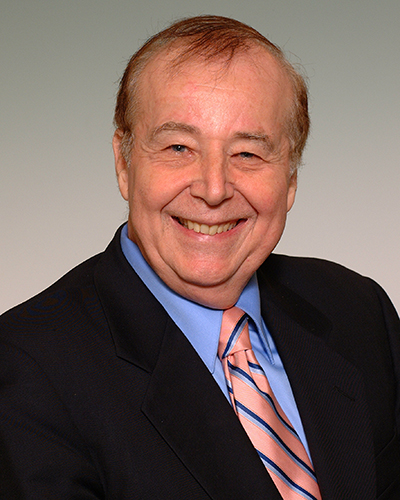
AI comes to public relations, but be cautious, experts say - by Harry Zlokower

Strategic pause - by Shallini Mehra and Chirag Doshi





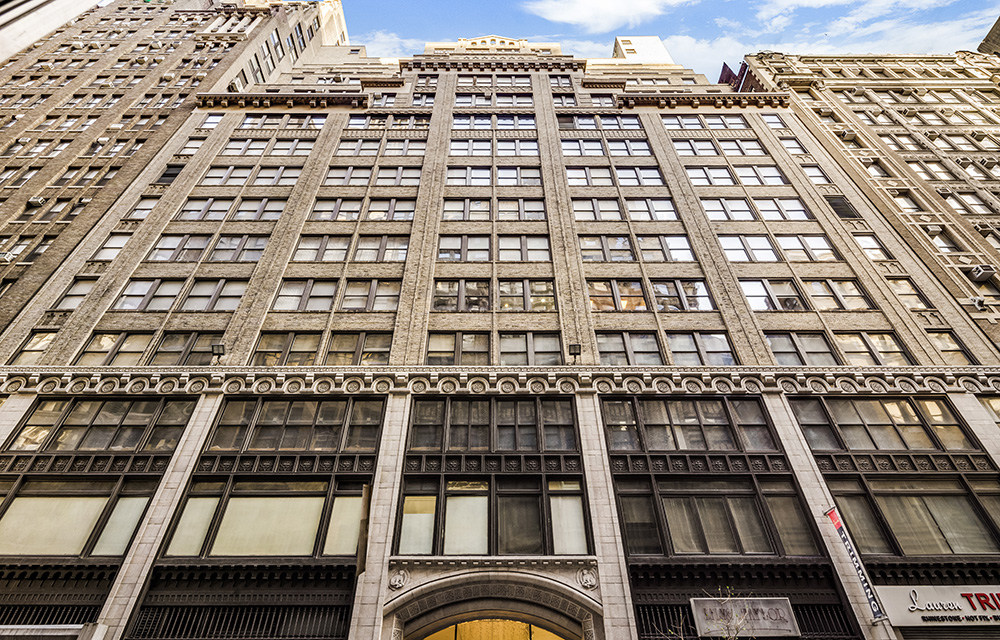
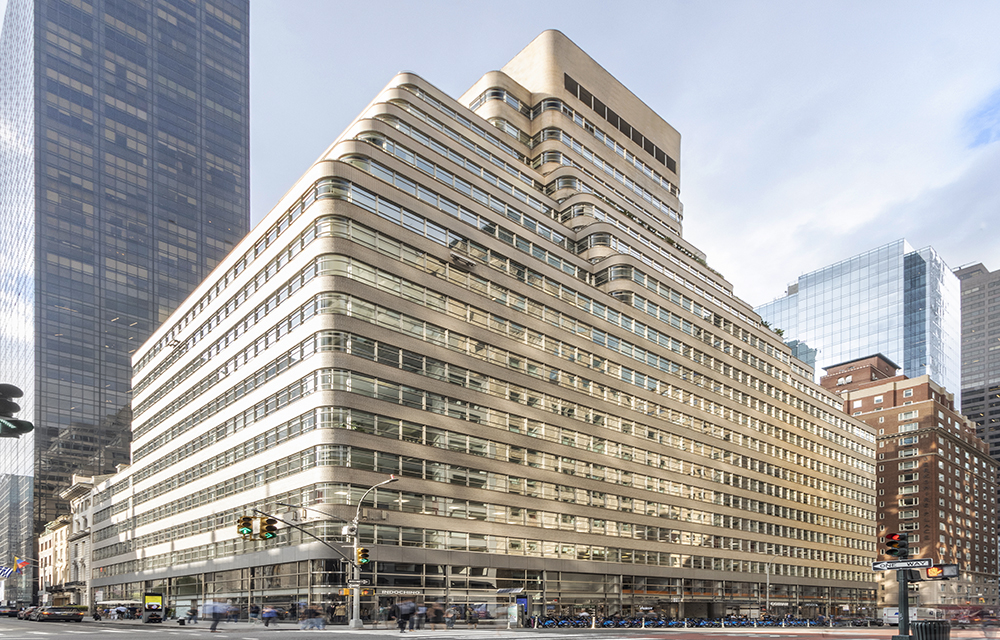
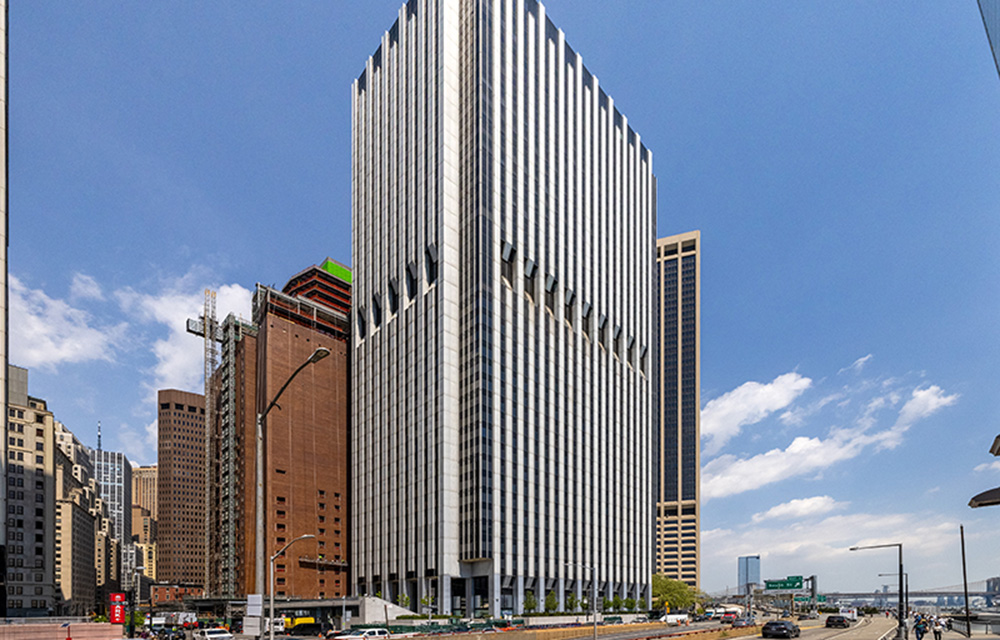

.jpg)
.gif)
.gif)